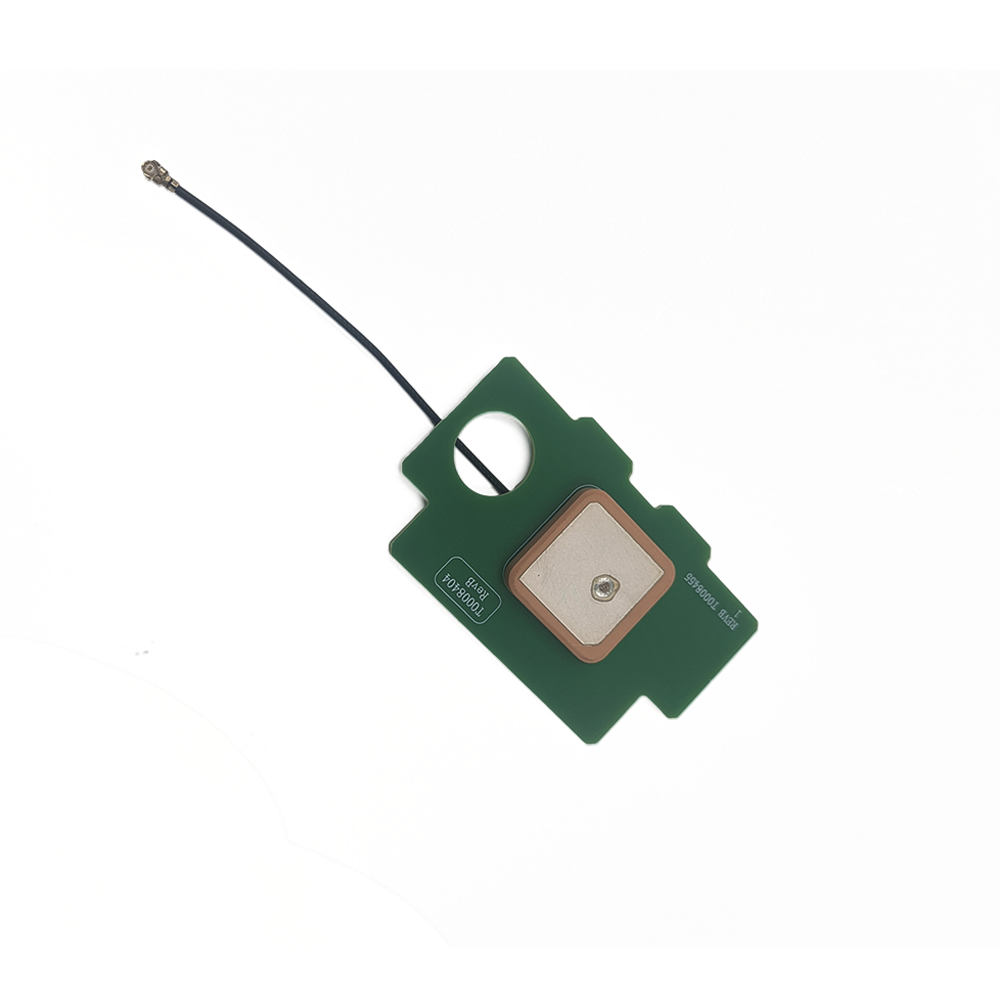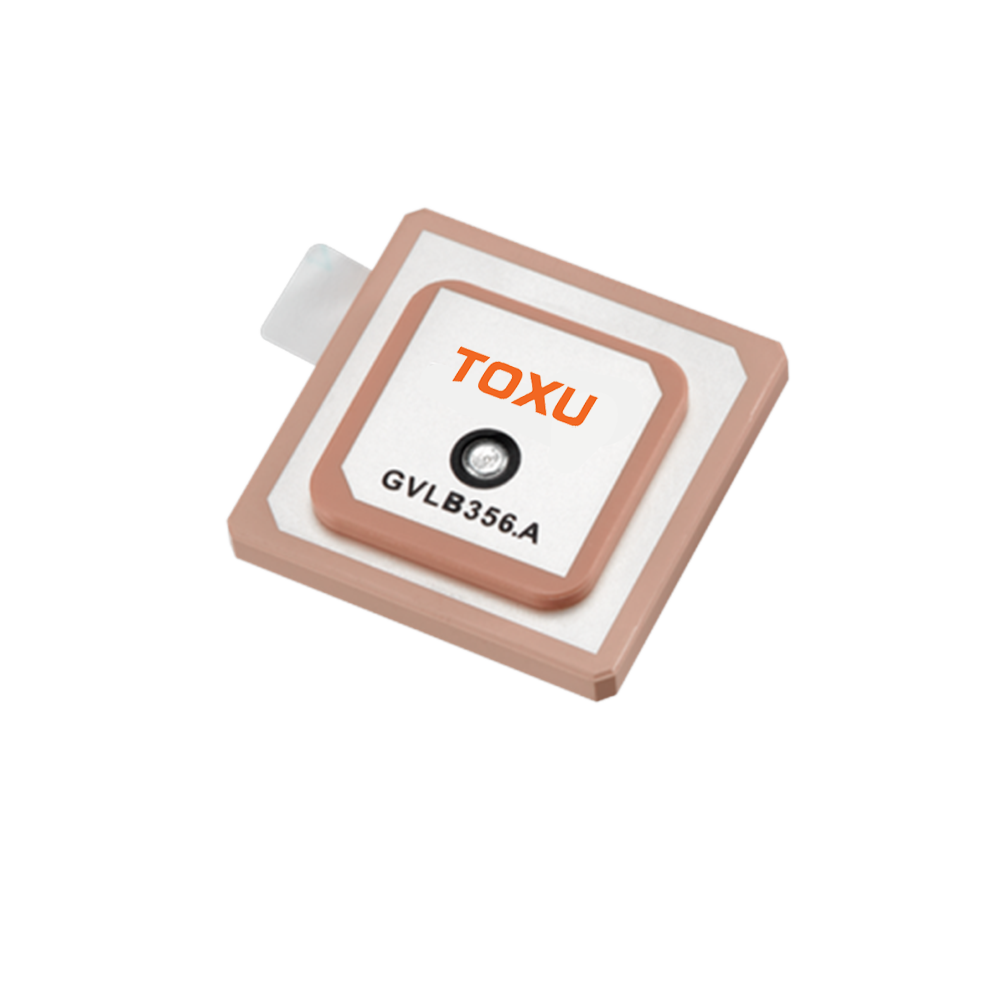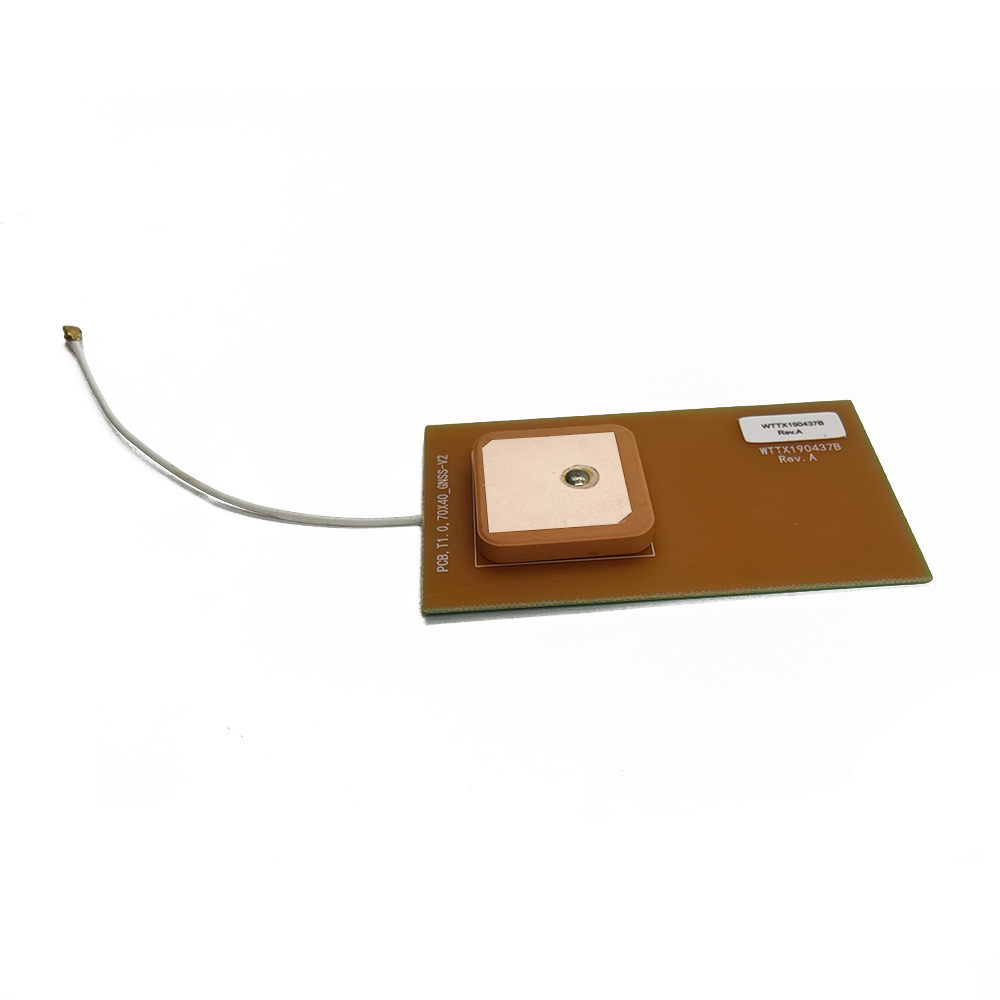The ability to receive GPS in compromised locations has unlocked a vast array of applications that were previously impossible or unreliable, driving innovation across numerous industries.
Applications:
Smartphones and Wearables: The primary driver of volume and innovation. Enables reliable navigation, location-based services, geotagging, and fitness tracking (e.g., recording a run in a city or a hike in the woods) regardless of the environment.
Asset Tracking and Logistics: Allows for tracking of containers, pallets, and vehicles even when inside warehouses or shipping containers. Critical for supply chain management and security.
Personal Safety and Emergency Services: Wearable panic buttons, child trackers, and emergency locator beacons (e.g., PLBs) can transmit their location from indoors, drastically reducing response times. E-Call systems in cars can function after accidents in tunnels or garages.
Internet of Things (IoT): Enables location-aware IoT sensors for agriculture (monitoring fields), smart cities (monitoring infrastructure), and industrial automation (tracking tools and parts within a factory).
Automotive Telematics: Provides continuous vehicle location for usage-based insurance, fleet management, and stolen vehicle recovery, even when the vehicle is parked in a semi-enclosed structure.
Drones (UAVs): Helps maintain a stable GPS lock for navigation and position holding when flying near buildings or trees, enhancing flight safety and stability.
Future Trends:
Tighter Integration with Other Technologies: The trend is towards Integrated Passive-Active Devices (IPAD) where the antenna, LNA, filter, and even the GNSS receiver are combined into a single system-in-package (SiP) module. This saves space, simplifies design, and optimizes performance.
AI-Powered Interference Mitigation: Future systems may incorporate machine learning algorithms to identify and digitally filter or null out specific sources of interference in real-time, making GNSS reception more robust in increasingly crowded RF environments.
Multi-Band GNSS for Consumer Devices: While currently prevalent in high-precision markets, multi-band (L1+L5) GNSS is trickling down to consumer devices. This requires more complex antenna designs but offers significant advantages in accuracy and faster convergence times, even in challenging signal conditions.
Coexistence with 5G and Beyond: As 5G FR2 (mmWave) frequencies are deployed, device housings will become more metallic to act as antennas, creating Faraday cages that block GPS signals. Future antenna designs will need to be integrated into these new structures, perhaps as structurally integrated antennas or using metamaterials to allow RF transparency at GPS frequencies.
Precision for Mass Markets: The combination of multi-band GNSS, cloud-based corrections, and enhanced antennas will bring decimeter-level accuracy to consumer applications like smartphone-based AR, robotics, and vehicle-to-everything (V2X) communication.
Low-Earth Orbit (LEO) Satellite Support: Some companies are proposing hybrid GNSS/LEO positioning. Future antennas may need to support additional frequency bands to leverage signals from LEO constellations for even faster and more robust positioning indoors and underground.
Conclusion
The high-sensitivity built-in GPS ceramic antenna is a transformative technology that has been instrumental in making location services a reliable and ubiquitous utility. It represents a perfect synergy of materials science, RF engineering, and semiconductor technology, all focused on solving the profound challenge of recovering a signal buried in noise. By integrating amplification at the point of capture, it extends the reach of GNSS into the depths of the modern urban and indoor environment, empowering a new generation of applications that rely on always-available positioning.
While it introduces design challenges related to interference, power, and integration, its advantages in performance, miniaturization, and reliability have made it the undisputed solution for virtually all modern portable and IoT devices. The constant push for smaller, more efficient, and more powerful electronics ensures that innovation in this field will continue.
The future of this technology is not just about greater sensitivity but about greater intelligence and integration. As we move towards a world of autonomous systems, pervasive IoT, and immersive augmented reality, the demand for continuous, reliable, and precise positioning will only intensify. The high-sensitivity built-in antenna, though a small and often invisible component, will remain a critical enabler on this journey, serving as the essential gateway between the digital world and its physical location on Earth.




































































 Language
Language
 En
En Cn
Cn Korean
Korean

 Home >
Home > 








 18665803017 (Macro)
18665803017 (Macro)













